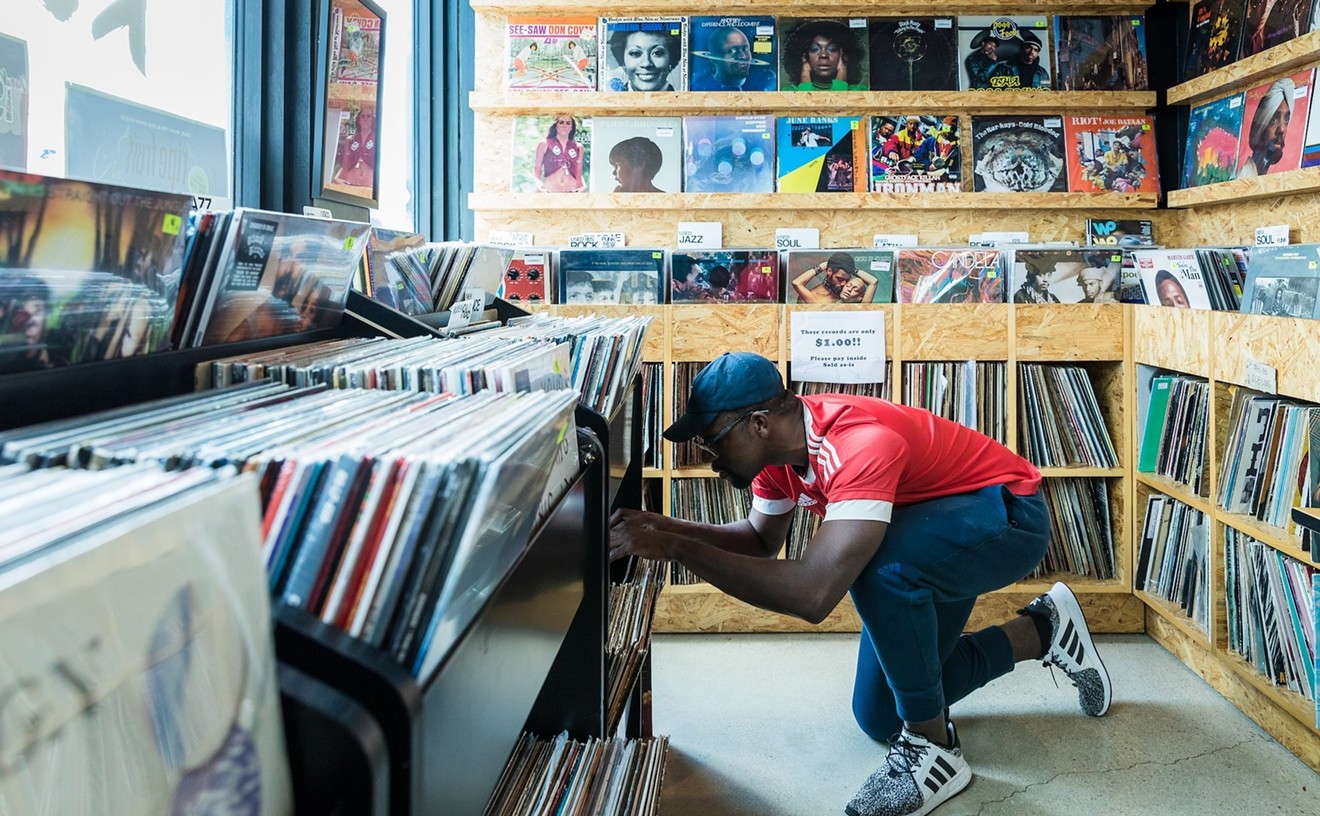But, wait... only ten? What about those white poles and sinister-looking cameras with wispy antennas that you see at nearly every intersection around downtown Fort Lauderdale? Some of you, like me, may have been extra-cautious with your right turns around these eyes in the sky, expecting a $150 ticket for any infraction.
Pay no mind, fair citizen. The ubiquitous white cameras are of a whole different breed.
"They're just to see if there are cars in the lane, so the lights can
decide when to cycle," says Broward Public Works Director Tom Hutka.
"With one or two exceptions, the video signal doesn't leave the
intersection." More on those "exceptions" in a minute.
The cameras replace the old electromagnetic loop system for detecting cars -- you may notice dark lines in geometric patterns covering the end of each lane at an intersection. The video cameras send a feed -- "not detailed enough to recognize faces or license plates," Hutka assures us -- to a computer system in a traffic-control box about the size of a refrigerator, located at each intersection. That computer interprets the signal, figures out how many cars are waiting in each lane, and adjusts light timing accordingly.
"We're working through a program to replace the electric loop detectors with video detection devices," explains Hutka. "We take advantage of [preexisting] road projects to close the lanes and install the cameras."
If there's a red-light ticketing camera waiting for you, you'll know -- those intersections have to be marked with a sign saying the intersection is "photo enforced." They provide real video feeds to real people who can see who you are. These cameras, on the other hand?
"There's very little detail, not so much that there's a privacy concern," says Hutka. "Also, we don't save the video signal."
A recent pilot project on Commercial Boulevard allowed the video signal to leave the intersections, traveling to a central facility. Crews installed fiber optic cables instead of the usual analog copper wires, enabling the transmission of video for remote monitoring. But Hutka insists that nobody's using this capability and that there are no plans to advance it.
"There's a handful of intersections that we can watch in our home office, but nobody watches," he says.
Coming soon: a look inside one of the control boxes to see what the cameras see. Also: How a red-light-camera company is trying to team up with the county and piggyback on their equipment to monitor red-light infractions. Stay tuned.










